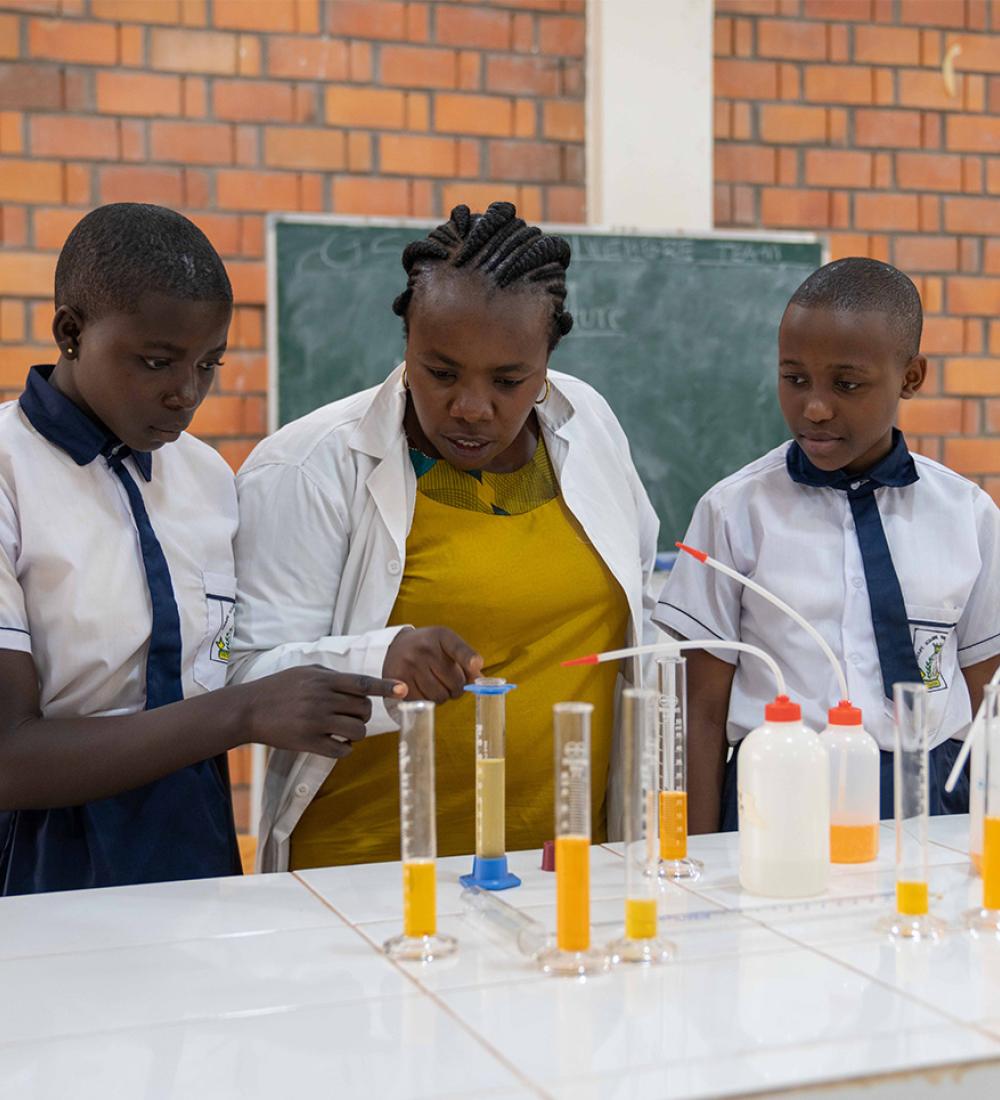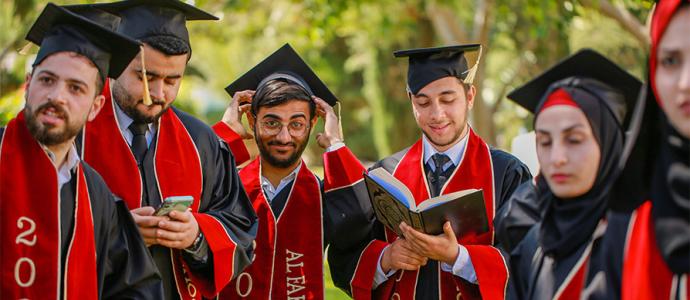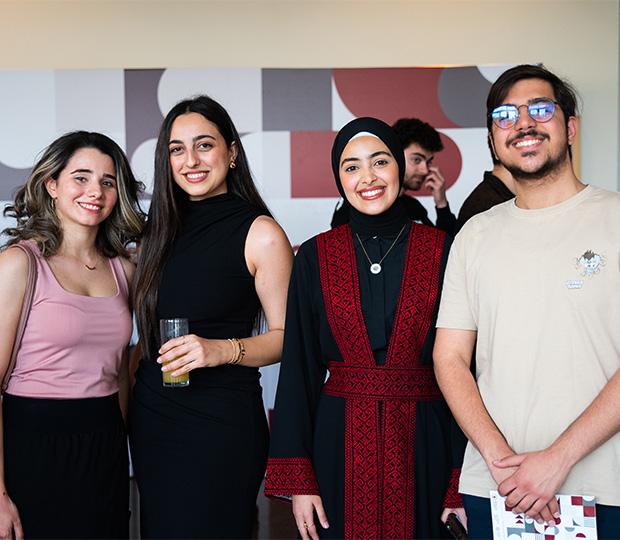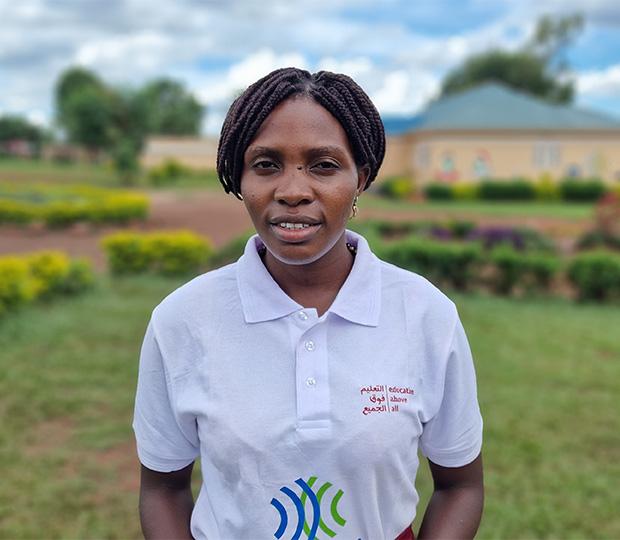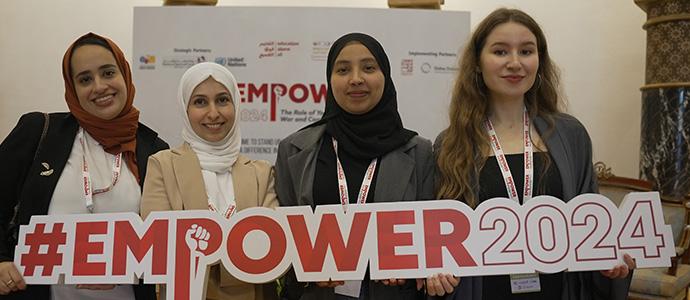Educate A Child and Gonoshahajjo Sangstha (GSS) in Bangladesh
Schools in remote rural areas or urban slums in Bangladesh understandably run short on resources and struggle to keep children in school long enough to reap the benefits of a quality education. However, a national NGO called Gonoshahajjo Sangstha (GSS) is running some 450 primary schools to offer children an opportunity to learn.
Around 80,000 children aged between six and 13 from the most disadvantaged homes in the remotest parts of Bangladesh attend GSS’s Ananda Niketon primary schools. With great support from the local community, the long-closed Ananda Niketon School run by the ‘Sangstha’ was refurbished and opened its doors again in 2014. “We all knew this used to be a very good school, and now [my son] loves his school and never misses a day,” says the mother of Russell (10), who had previously dropped out of school to work with his father as a day labourer.
GSS is working with Educate A Child (EAC), a Qatar-based organisation that aims to provide access to quality primary education to children who are denied this fundamental right due to multiple barriers such as poverty, discrimination, and conflict. By June 2016, this partnership with EAC will bring a total of 104,700 out of school children into a high-quality basic education programme in 575 schools.
GSS schools have a 30:1 learner–teacher ratio, are run in two shifts, and are best known for their activity-based teaching and learning. They each have between three and six spacious, well-lit rooms with a tube-well, toilets, and a playground. These schools were built with funding from European donors in the 1990s, on community-donated land.
Over 86% of GSS children can read fluently with comprehension and enjoy reading, write to express themselves, and tackle mathematics in real-life situations within two years. Most importantly, the children can think, raise questions, resolve issues, and perform on a makeshift stage. They are happy and actively engaged in school, which may explain why every child in the community enrols and the drop-out rate is under 7%. All this is achieved at only US$32 per child/year at current prices.
Ridoy (9) was taken by his parents to live in Saidpur district with his grandmother after he ended up being a tokai (street boy) in the city. Although his parents work in a garment factory in Dhaka, they are happy to see him attending the Sangstha school, which he seems to love. His father says:
“Every time my wife and I are back in the village, he shows off his story books which he can read fluently,”
The GSS programme requires US$2.50 a month to provide highquality education that would take a disadvantaged child out of the poverty cycle; of this, EAC invests 50%.
Yet sustainability of the schools remains the biggest challenge for the GSS children. “Ananda Niketon is not like any other school,” says a mother of two who attend the school in Nauli, Jessore.
“Here students learn in school and are not required to attend after-school coaching classes run by their school teachers which the parents can ill afford. In Ananda Niketon schools every child can read and write.”







